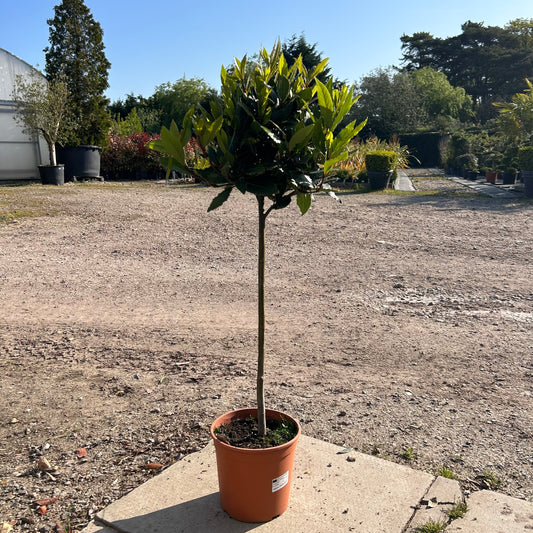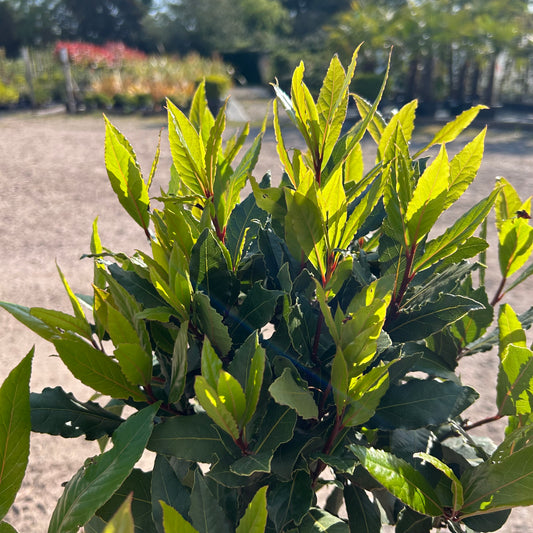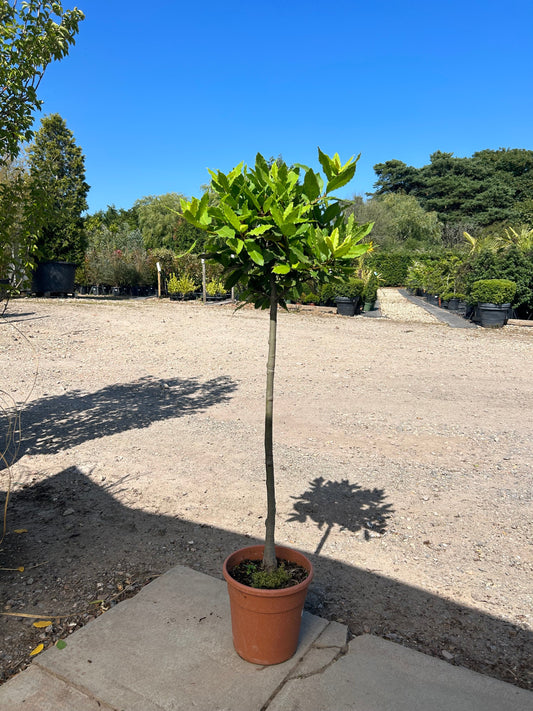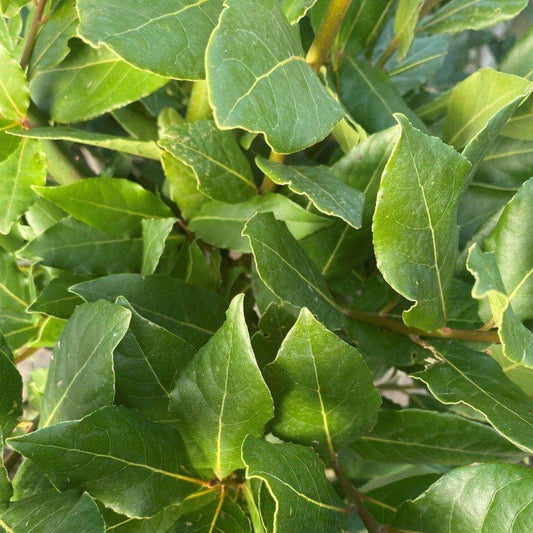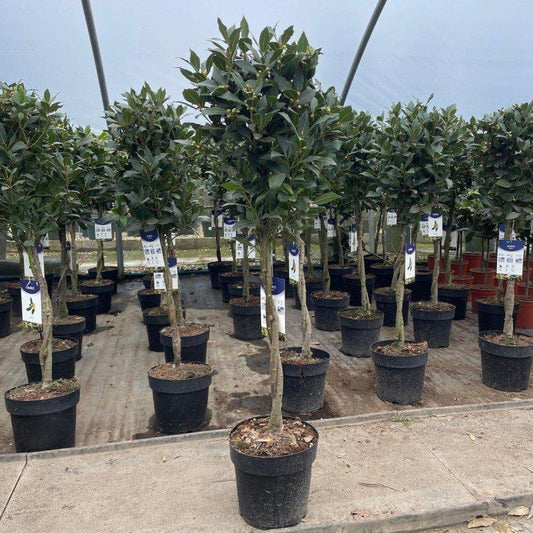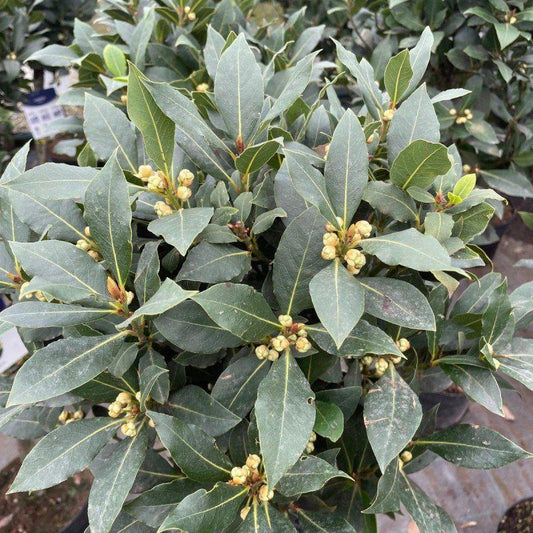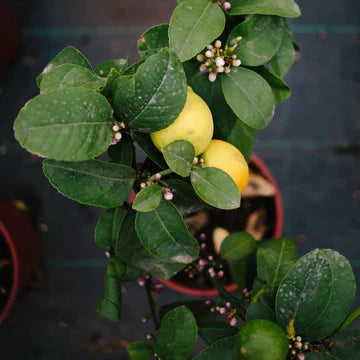Growing citrus trees in the UK can be a rewarding endeavour for those with a passion for gardening.
Key limes, Seville oranges, and other citrus varieties can thrive in specific conditions, allowing gardeners to enjoy fresh fruits at home.
With the right care and knowledge, even gardeners in less than ideal climates can successfully cultivate these vibrant plants.
Understanding the requirements for citrus trees is essential. They generally need plenty of sunlight, well-drained soil, and protection from the cold.
Whether in a pot on a patio or planted in the ground, these trees can add beauty and flavour to any garden.
In this guide, readers will discover practical tips for planting, nurturing, and harvesting citrus fruits.
From dealing with common gardening challenges to enjoying the fruits of their labour, anyone can learn how to make the most of growing citrus in the UK.
Key Takeaways
- Citrus trees require sunlight and well-drained soil to thrive.
- Regular care and attention can prevent common issues and ensure healthy growth.
- Homegrown citrus fruits can be harvested and enjoyed fresh, enhancing meals and beverages.
Understanding Citrus Trees
Citrus trees are popular for their aromatic fruits and lovely foliage. They require attention to their specific needs to thrive, especially in cooler climates like the UK.
Understanding their basics and hardiness can help gardeners grow them successfully.
The Basics of Citrus
Citrus includes a variety of trees and plants such as lemons, limes, and Seville oranges. Each type has distinct characteristics and growing requirements.
Citrus trees typically prefer well-drained soil and full sunlight. They can grow in pots, making them adaptable to different garden sizes.
Regular watering is crucial, especially during dry spells, but overwatering can lead to root rot.
With the right fertiliser, citrus trees can produce fruit that is ready to harvest. Most trees start to bear fruit within a few years, making them a rewarding choice for gardeners.
Citrus Hardiness and Climate Considerations
Citrus trees have varying degrees of hardiness, making some more suitable for the UK climate.
For example, Citrus x limon (lemon) and Citrus x aurantium (Seville orange) are among the hardiest and can tolerate lower temperatures better than other varieties.
In the UK, it's vital to protect citrus plants from frost. This can be done by moving potted plants to a greenhouse or conservatory during colder months.
Creating a microclimate can help as well. Planting citrus trees against a south-facing wall can provide warmth and shelter from chilly winds.
With proper care, it's possible to enjoy fresh citrus fruits, even in the UK’s unpredictable weather.
Cultivating Citrus Trees in the UK
Growing citrus trees in the UK requires careful selection of varieties, proper planting techniques, and diligent ongoing care. These factors ensure that plants like Seville oranges, lemons, and limes thrive in changing climates.
Choosing the Right Varieties
To succeed with citrus in the UK, selecting the right varieties is essential.
Popular choices include Seville oranges, lemon trees, and several types of limes. Other interesting options are kumquats, caviar limes, and yuzu, which add variety and flavour to gardens.
Each type has specific needs. For instance, lemons and limes often prefer warmer conditions, making them ideal for growing in a greenhouse or conservatory. The Seville orange is more resilient to cooler temperatures and can be a reliable option for outdoors.
Consider the available space, climate, and personal taste when choosing the right variety.
Planting and Potting Essentials
Planting citrus trees correctly is crucial for their long-term health. They need light, airy soil with good drainage. A mix of compost, loam, and leafmould works well.
Terracotta pots are preferred, as they allow for better airflow and help prevent root rot.
When potting, ensure the pot has holes for drainage. Planting in the spring encourages growth as days lengthen and temperatures rise.
After planting, provide protection during colder months, either by moving pots indoors or to a sheltered position.
Maintenance and Care for Healthy Growth
Regular care involves monitoring watering, fertilising, and pruning.
Citrus trees require consistent moisture but should never be overwatered, as this can lead to root rot. A balanced citrus fertiliser can be applied every few weeks during the growing season to support healthy growth.
Pruning is important to maintain shape and remove any dead branches. Proper ventilation is key to preventing pests and disease.
Citrus trees thrive in high humidity, so misting may also be beneficial in drier environments. Regular checks will help ensure the plants remain healthy and vibrant.
Protection and Problem Solving
Citrus trees require careful attention to defend against pests, diseases, and environmental stress. Proper management ensures the trees stay healthy and productive. Below are key strategies for protecting citrus plants.
Defending Against Pests and Diseases
Citrus trees can attract various pests, including scale insects, citrus mealybugs, and red spider mites.
To identify these pests, gardeners should look for signs like yellowing leaves, sticky leaves, or leaf damage.
Using biocontrols can be effective. Beneficial insects, such as ladybugs, can help manage these pest populations without harmful chemicals.
Regular monitoring is essential. Inspect plants weekly, especially in warm months.
If pests are spotted, options include spraying a strong stream of water to dislodge them or applying horticultural oil. Additionally, chlorosis, marked by yellow leaves, can indicate nutrient deficiencies or pest issues, requiring immediate action to protect the trees' health.
Managing Environmental Stress
Environmental factors play a significant role in the health of citrus trees.
In winter, it is crucial to provide protection from frost. Gardeners should consider using horticultural fleece to wrap trees during cold spells.
In summer, maintaining adequate humidity is vital, as citrus trees thrive in moist environments. When watering, collecting rainwater is preferable because it is softer and free of chemicals.
Addressing issues like leaf drop or yellow leaves may involve checking for proper drainage and avoiding overwatering. Correct pH levels in the soil (6.0 to 7.0) are also essential for healthy growth.
Regular feeding with appropriate fertilisers can prevent nutritional stress and support vibrant citrus growth.
Harvesting and Enjoying Citrus Fruits
Citrus fruits provide a rewarding experience from flowering to harvesting. Understanding how pollination affects fruit development and the best practices for harvesting will enhance the enjoyment of home-grown citrus.
Pollination and Fruit Development
Citrus trees produce scented white flowers that attract various pollinators, such as bees. These flowers are crucial for fruit development.
For optimal fruit set, it is important to ensure that pollination occurs, especially in enclosed spaces like a windowsill.
Once pollinated, the flowers develop into small green fruits. In time, these fruits will mature into ripe citrus.
During this time, fruit thinning may be required to improve size and quality. Thinning involves removing some fruits to allow the remaining ones to grow larger and healthier.
As the fruits develop, they need adequate sunlight and nutrients to reach their full potential.
Harvesting Your Citrus Fruits
Knowing when to harvest citrus fruits is essential for the best flavour. Ripe fruits change colour, typically becoming more vibrant.
For oranges, a deep orange hue indicates readiness, while limes should be bright green.
To harvest, gently twist the fruit until it separates from the tree. Use pruning shears for any that are difficult to reach. This method prevents damage to the bushy plant and encourages new growth.
After harvesting, citrus fruits can be enjoyed fresh or used in various recipes, such as cocktails and desserts. Their zesty flavours elevate many dishes, making home-grown citrus a delightful addition to any kitchen.
Frequently Asked Questions
This section addresses common queries related to growing citrus trees in the UK, including care tips, suitable varieties, and seasonal considerations. Understanding these aspects can help ensure successful cultivation.
How should one care for citrus trees in containers within the UK?
Citrus trees in containers need well-drained soil and should be fed with a suitable fertiliser.
It is essential to water them regularly, especially during warm months, but avoid waterlogging. Placing them in a sunny spot, like near a south-facing wall, promotes healthy growth.
What varieties of lemon trees are best suited to the UK climate?
For the UK climate, varieties such as the ‘Eureka’ and ‘Lisbon’ lemons are recommended. These types adapt well and can produce fruit with proper care. Starting with a more resilient variety can help beginners achieve better success.
Is it possible to successfully cultivate Seville oranges in the UK environment?
Yes, it is possible to grow Seville oranges in the UK, particularly in warmer regions. They require a sheltered location, plenty of sunlight, and protection from frost. With careful attention, they can thrive and yield fruit.
What is the correct procedure for pruning lemon trees in pots in the UK?
Pruning lemon trees should occur in spring. It involves thinning out the centre to allow light in and removing any dead or crossing branches. This helps maintain shape and encourages new growth.
Can lemon trees remain outdoors during the UK winter season?
Lemon trees should not remain outdoors in harsh winter conditions.
They need to be protected from frost, ideally brought indoors when temperatures drop below 10°C (50°F). A cool greenhouse can provide a suitable environment for them during the winter.
When is the appropriate time to re-pot a lemon tree in the UK?
The best time to re-pot a lemon tree is in early spring, before the new growth begins. Checking for root crowding can indicate the need for a larger pot.
Using fresh, well-drained potting mix will promote healthy growth.


